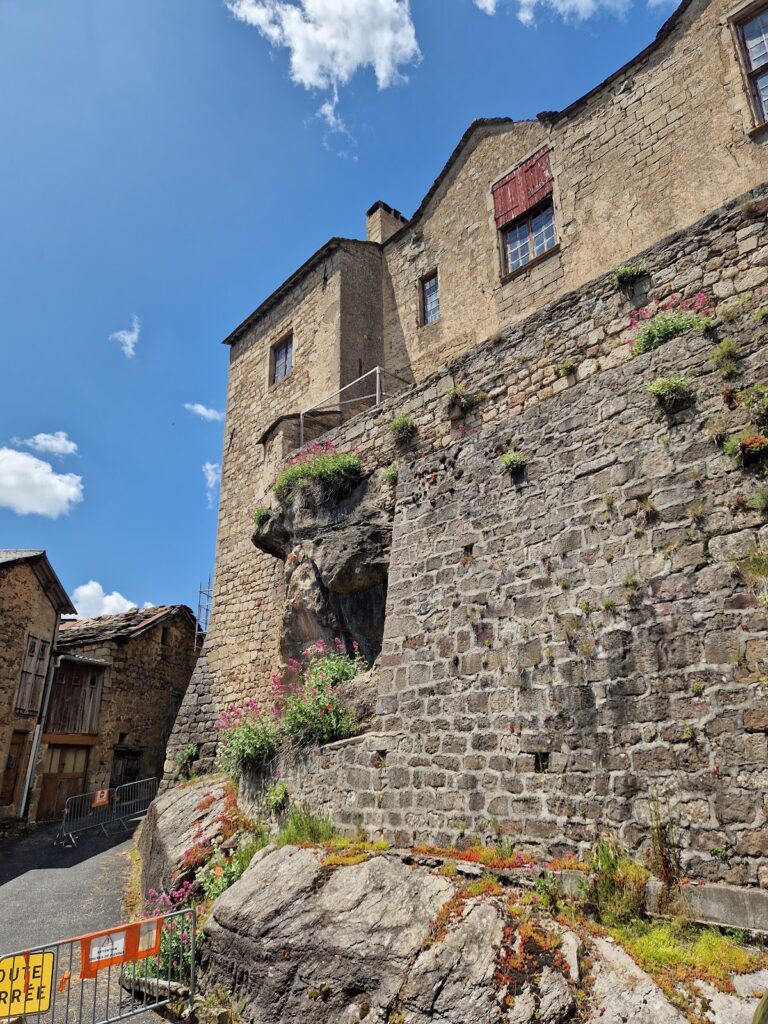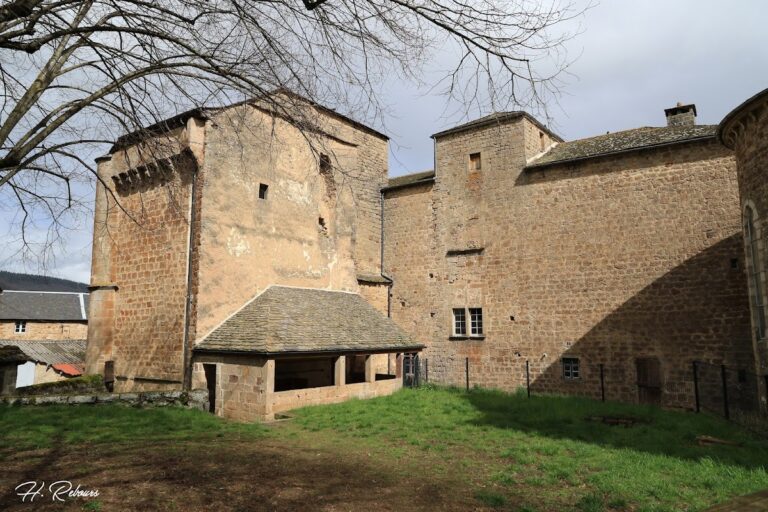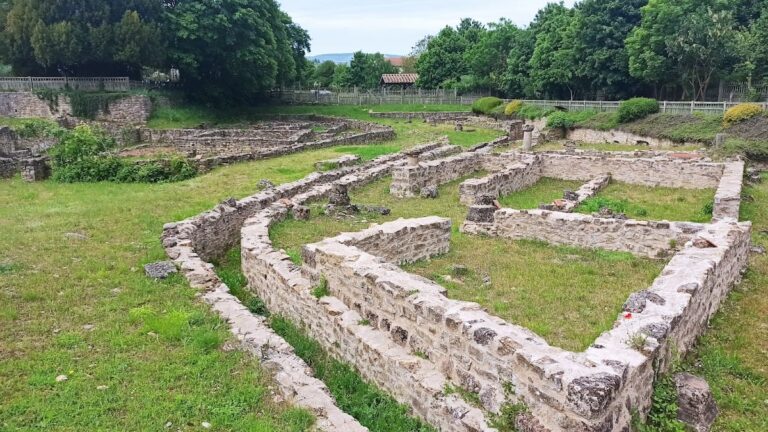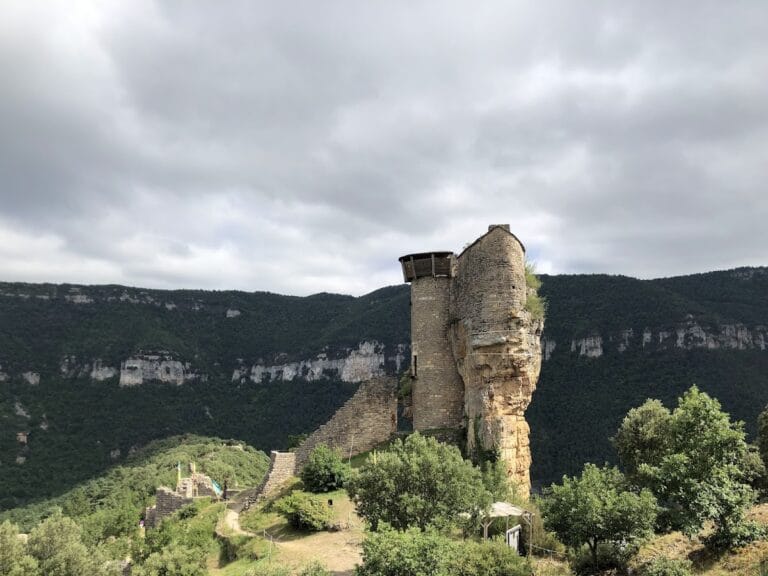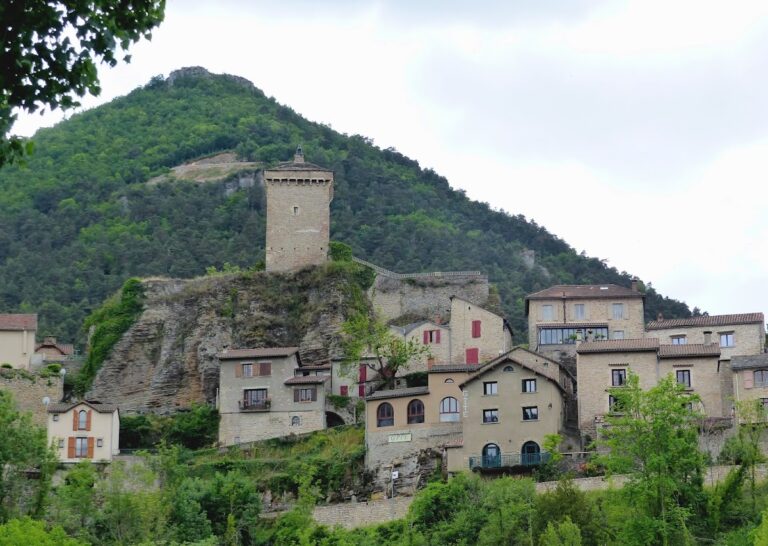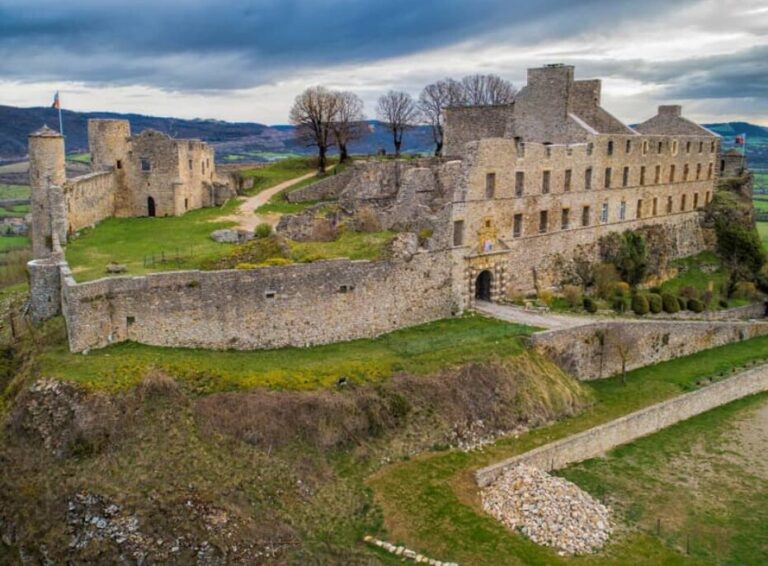Château de Castelnau-Pégayrols: A Historic Castle in France
Visitor Information
Google Rating: 4.6
Popularity: Very Low
Google Maps: View on Google Maps
Country: France
Civilization: Unclassified
Remains: Military
History
The Château de Castelnau-Pégayrols is situated in the commune of Castelnau-Pégayrols, France. Originally established by the Lévézou family, the castle’s history dates back to the 11th century. Although the earliest records mention the site during this period, substantial rebuilding occurred around the end of the 12th century, reflected in the enduring vaulted halls of its lower levels.
In 1289, ownership changed hands following a judicial duel, after which the d’Arpajon family held the castle for nearly five centuries. Their tenure encompassed tumultuous times, including the Hundred Years’ War. During this conflict, the castle came under English control following the 1360 Treaty of Brétigny, highlighting its strategic importance in the Rouergue region. After the war, the castle and surrounding lands were reinforced with defensive walls. These fortifications were later utilized in the Wars of Religion between 1556 and 1632, during which the d’Arpajon family notably led the Protestant forces centered around nearby Millau.
The mid-18th century brought a change of ownership when Etienne-Hippolyte Julien de Pégayrolles, serving as president at the Toulouse parliament, acquired the property in 1758. A year later, King Louis XV elevated the estate by founding the marquisate of Pégayrolles, uniting Castelnau and Saint-Beauzély under this title. Between 1760 and 1780, the new lord undertook modernization efforts, transforming the castle into a residence that reflected contemporary tastes. He also played a role in defending the parliament during the reform efforts of Maupéou.
The French Revolution marked a turning point for the château’s owners. Louis-Hippolyte, the second marquis and son of Etienne-Hippolyte, opposed revolutionary changes, leading to his imprisonment and death in 1794. During this era, Saint-Beauzély was sold as national property, and despite some continuation through a cadet branch, the main male line of the family came to an end. The castle was formally recognized for its historical importance with its designation as a listed historic monument in 1975.
Remains
The castle presents a trapezoidal layout, anchored by its oldest and strongest structures along the southern side. This section includes two sturdy square towers occupying the corners, with the southwest tower originally serving as the donjon, or main keep, the stronghold’s primary defensive tower. The southern part features expansive barrel-vaulted rooms—rooms with ceilings shaped like continuous arches—which open through small windows onto a terrace. This terrace overlooks the village and commands extensive views over the surrounding Muse valley and distant mountain ranges such as the Causses, Cévennes, and Montagne Noire.
Above these vaulted halls, first-floor chambers are covered by rib vaults, where arched ribs intersect to support the ceiling. These rooms display stucco decorations, a type of fine plasterwork, and are illuminated by three large mullioned windows—windows divided by vertical stone elements—which face south to admit natural light. During the 18th century, a centrally positioned staircase tower was added to this main building, functioning both as an access point and architectural update in line with the period’s style.
The castle includes two wings set at right angles, dating from the 15th century, that retain a defensive character. The western wing forms a connecting wall, or curtain wall, between the donjon and a northwest tower known as the “kitchen” tower, reinforcing the fortress’s protective enclosure. On the opposite side, a large rectangular wing likely constructed more recently runs along the southern façade. Attached to its southeast corner is a tower that further strengthens the southern defenses.
Within the castle grounds lies an important component of the medieval hydraulic system of Castelnau. This water management structure, integral to the settlement’s historic infrastructure, remains preserved and enjoys protection as a historic monument, underscoring the site’s multifaceted heritage extending beyond purely military architecture.


